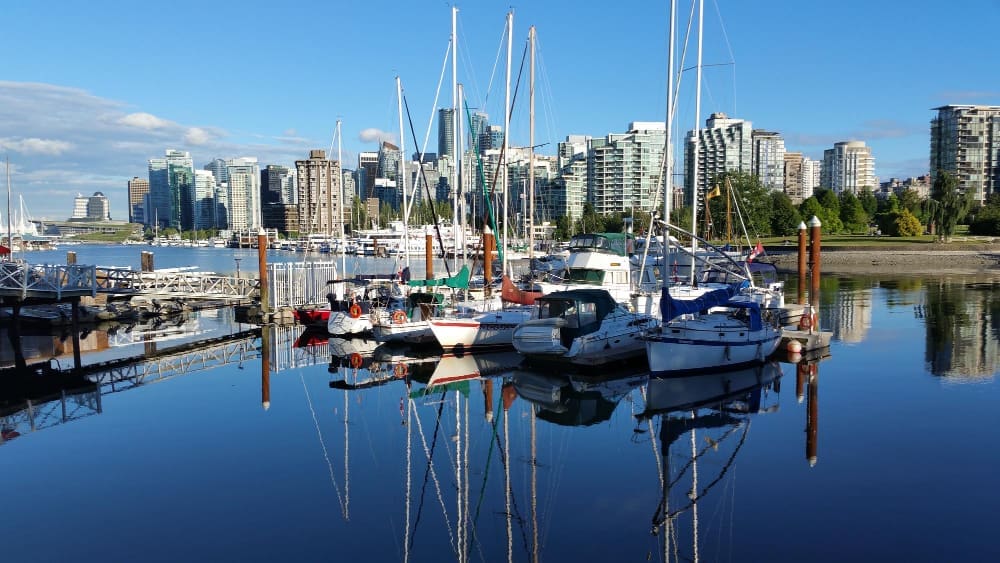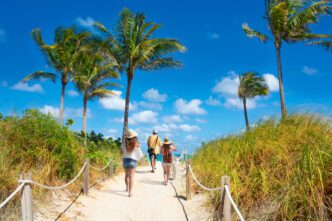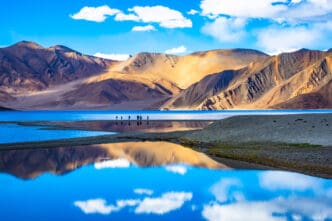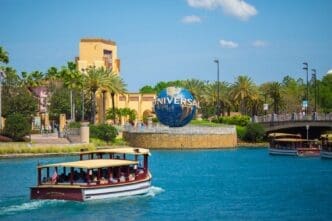For travelers planning a trip to the Great White North, choosing a destination can be a daunting task, given the country’s sheer scale and diversity. From the rugged Pacific coastline to the historic, European-inspired streets of Quebec, Canada offers a remarkable spectrum of urban experiences. The top cities for any visitor to consider are Vancouver, a stunning metropolis where mountains meet the sea; Toronto, the nation’s vibrant and multicultural hub; Montreal, a bastion of French-Canadian culture and creativity; Quebec City, a living UNESCO World Heritage site; and Calgary, the energetic gateway to the unparalleled majesty of the Canadian Rockies. Each city provides a distinct answer to why Canada remains one of the world’s most captivating travel destinations, with prime visiting times generally spanning from the sunny months of June through September for outdoor activities and the winter for unique cold-weather festivals and sports.
Vancouver, British Columbia: The Pacific Jewel
Nestled between the Pacific Ocean and the Coast Mountains, Vancouver is consistently ranked among the world’s most livable cities, and it’s easy to see why. Its unique geography allows visitors to ski in the morning and relax on a beach in the afternoon. This seamless blend of urban sophistication and raw, accessible nature is what defines the Vancouver experience.
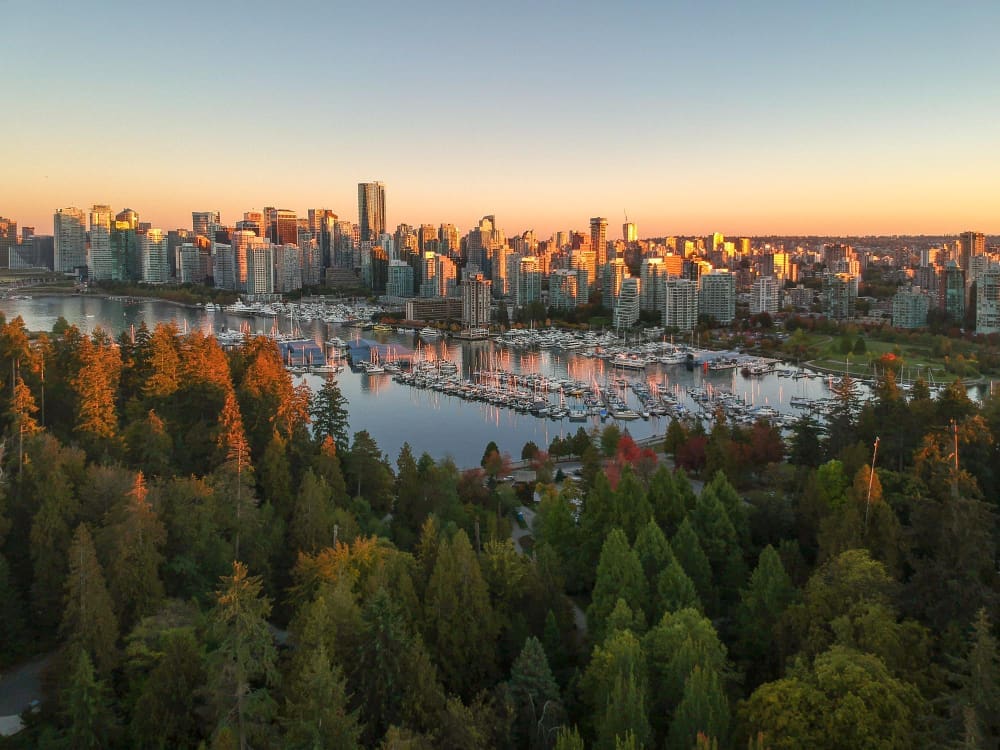
The city’s identity is inextricably linked to the outdoors. A visit isn’t complete without exploring Stanley Park, a 1,000-acre temperate rainforest larger than New York’s Central Park. You can walk or bike the famous Seawall, a paved path that offers breathtaking views of the city skyline, Burrard Inlet, and the North Shore mountains.
What to See and Do
Beyond Stanley Park, Granville Island is a must-visit. This bustling arts and crafts community is home to a spectacular public market, where you can sample local produce, fresh seafood, and artisanal goods. For a different perspective, head to Gastown, Vancouver’s oldest neighborhood, known for its Victorian architecture, cobblestone streets, and the famous steam-powered clock.
For those seeking adventure, the Capilano Suspension Bridge offers a thrilling walk 230 feet above the Capilano River. Nearby, Grouse Mountain provides panoramic city views via its Skyride gondola. In the summer, it’s a hub for hiking—including the notoriously steep “Grouse Grind”—while in winter, it transforms into a popular spot for skiing and snowshoeing.
The Culinary Scene
Vancouver’s food scene is a direct reflection of its Pacific Rim location and multicultural population. It is arguably the best place in North America for sushi, with options ranging from high-end omakase experiences to affordable, high-quality rolls on nearly every corner. The city also excels in farm-to-table dining, emphasizing fresh, local ingredients and, of course, wild British Columbia salmon.
The suburb of Richmond is a destination in its own right for food lovers, offering some of the most authentic and delicious Chinese cuisine outside of Asia. Exploring its food courts and high-end restaurants for dim sum or hand-pulled noodles is a culinary pilgrimage for many.
Toronto, Ontario: The Global Metropolis
As Canada’s largest city and economic engine, Toronto is a sprawling, dynamic metropolis defined by its incredible diversity. It’s said that over half of Toronto’s population was born outside of Canada, creating a rich tapestry of cultures, languages, and cuisines. This global character is the city’s greatest strength, making it a place where you can travel the world in a single day.
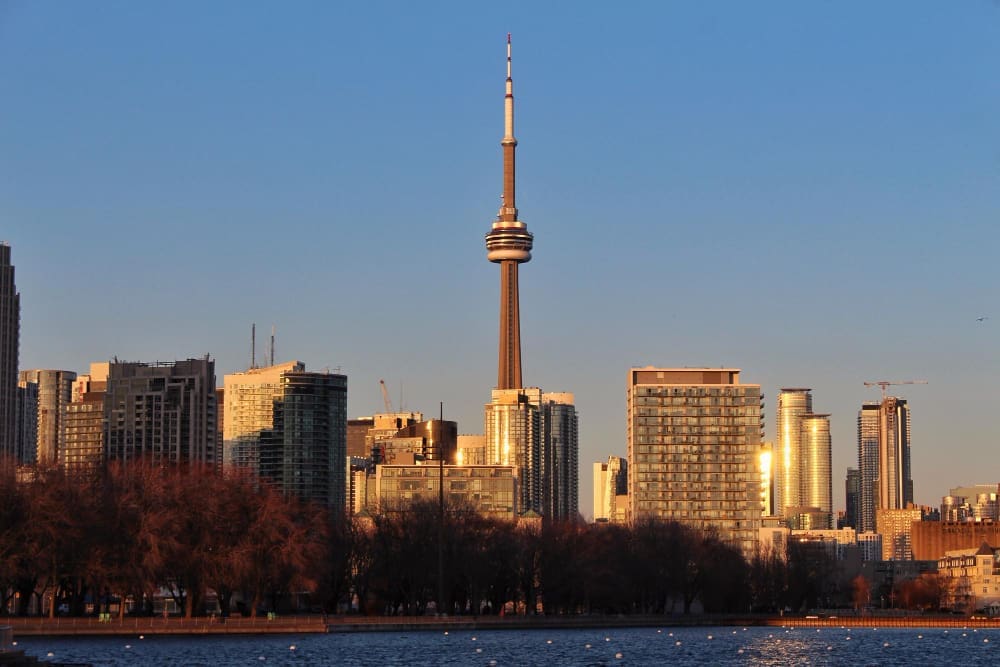
The city’s skyline is dominated by the iconic CN Tower. For thrill-seekers, the EdgeWalk offers a hands-free walk on an open-air ledge circling the tower’s main pod, 1,168 feet above the ground. For those who prefer to stay inside, the glass floor and observation decks provide stunning, vertigo-inducing views of the city and Lake Ontario.
What to See and Do
Toronto’s cultural institutions are world-class. The Royal Ontario Museum (ROM) covers everything from dinosaurs to world cultures, housed in a building that features a dramatic, crystalline modern addition. The Art Gallery of Ontario (AGO) boasts an impressive collection of Canadian and international art, including the world’s largest collection of works by the Group of Seven.
To experience the city’s neighborhood life, wander through the Victorian-era industrial buildings of the Distillery District, now home to galleries, boutiques, and cafes. For a more bohemian vibe, Kensington Market is a vibrant, eclectic mix of vintage shops, produce stands, and international food stalls. A short ferry ride takes you to the Toronto Islands, a peaceful oasis offering beaches, parks, and the best photo opportunities of the city skyline.
The Culinary Scene
Exploring Toronto is a culinary adventure. You can find authentic, delicious food from virtually every corner of the globe. Neighborhoods like Little Italy, Greektown on the Danforth, Chinatown, and Koreatown offer immersive dining experiences. The city’s food scene is constantly evolving, with innovative chefs pushing boundaries in high-end restaurants and humble food trucks alike.
Montreal, Quebec: A Tale of Two Cultures
Montreal is a city of captivating contrasts, where North American energy collides with European charm. As the largest city in the French-speaking province of Quebec, it has a unique cultural identity that sets it apart. It is a city of festivals, art, history, and a legendary joie de vivre.
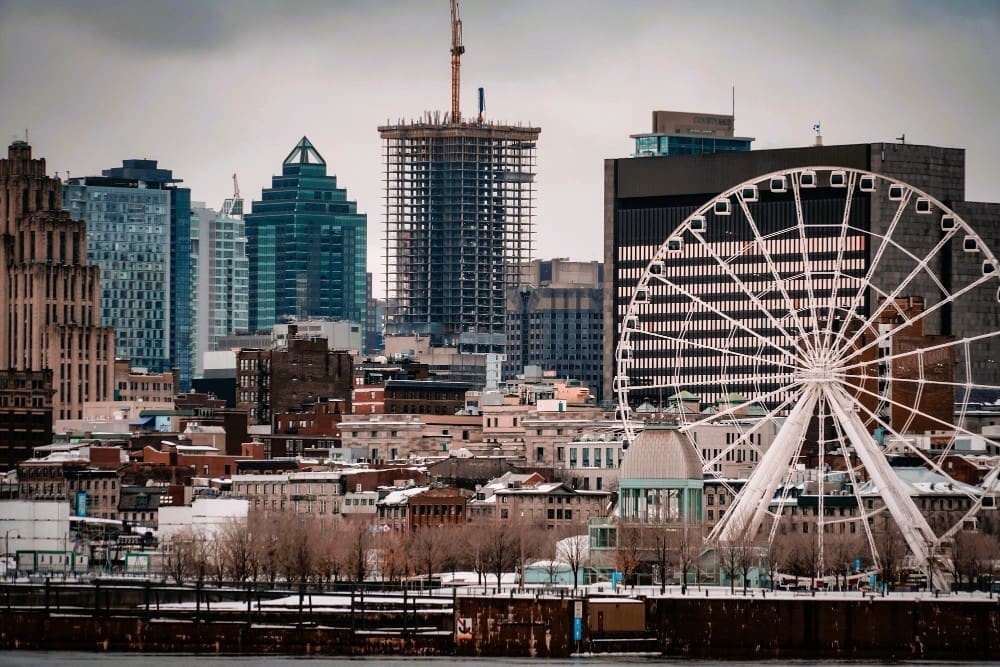
The heart of the city’s historic soul is Old Montreal (Vieux-Montréal). Here, you can wander cobblestone streets, admire 17th- and 18th-century architecture, and visit the stunning Notre-Dame Basilica, a masterpiece of Gothic Revival architecture with a breathtaking blue-and-gold interior.
What to See and Do
For a dose of nature, head to Mount Royal Park, the city’s namesake green lung designed by Frederick Law Olmsted, the same landscape architect behind Central Park. A walk to the Kondiaronk Belvedere lookout rewards you with a classic postcard view of the downtown skyline. The Plateau Mont-Royal neighborhood is famous for its colorful houses, distinctive spiral staircases, and trendy boutiques.
Montreal is synonymous with festivals, especially in the summer. The Festival International de Jazz de Montréal is one of the world’s largest, while the Just for Laughs comedy festival attracts top-tier talent. In winter, the city embraces the cold with events like Igloofest, an outdoor electronic music festival.
The Culinary Scene
Montreal is a food-obsessed city with several iconic dishes you must try. Poutine—french fries and cheese curds smothered in gravy—is its most famous creation. The city is also known for its distinct style of bagels (St-Viateur and Fairmount are the two legendary rivals) and its smoked meat sandwiches, perfected at institutions like Schwartz’s Deli.
Quebec City, Quebec: A European Fairytale
To step into Quebec City is to step back in time. As the only fortified city north of Mexico, its historic district is a UNESCO World Heritage site that feels more like a provincial French town than a North American capital. With its narrow, winding streets, historic stone buildings, and commanding position above the St. Lawrence River, it is undeniably Canada’s most romantic city.
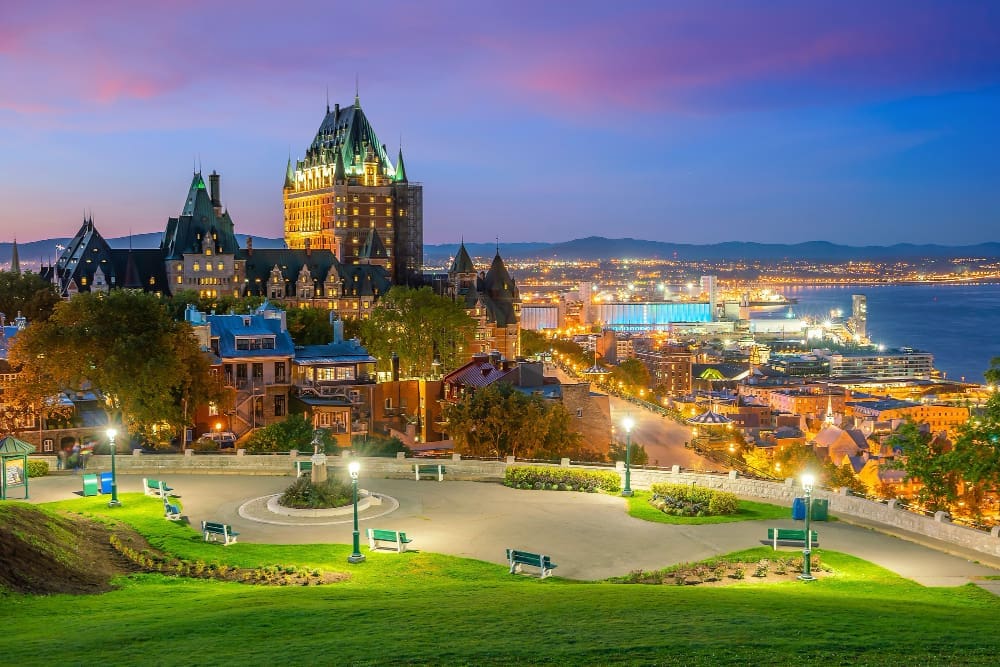
The city is dominated by the magnificent Château Frontenac, said to be the most photographed hotel in the world. While it is a luxury hotel, its lobby and grounds are worth exploring. The entire area of Old Quebec, both the Upper Town (Haute-Ville) and Lower Town (Basse-Ville), is best explored on foot.
What to See and Do
Walking the fortifications that encircle Old Quebec is a unique experience, offering fantastic views of the city and river. In the Lower Town, the Quartier Petit Champlain is an enchanting area of pedestrian-only streets lined with artisan shops and bistros. Nearby, Place Royale is a beautifully restored square that marks the spot where Samuel de Champlain founded the city in 1608.
Just outside the city, Montmorency Falls is a powerful waterfall that is actually higher than Niagara Falls. A cable car can take you to the top, where a suspension bridge crosses the crest of the falls for a spectacular viewpoint.
When to Visit
While beautiful year-round, Quebec City truly shines in the winter. The city hosts the massive Carnaval de Québec, one of the world’s largest winter carnivals, complete with ice sculptures, night parades, and its snowman mascot, Bonhomme. The German Christmas Market in December adds to the magical, fairytale atmosphere.
Calgary, Alberta: Gateway to the Rockies
Calgary is a modern, prosperous city built on oil and a resilient western spirit, but its greatest asset is its location. Situated just an hour’s drive from the heart of the Canadian Rockies, it serves as the perfect urban basecamp for exploring one of the most beautiful natural landscapes on the planet: Banff National Park.
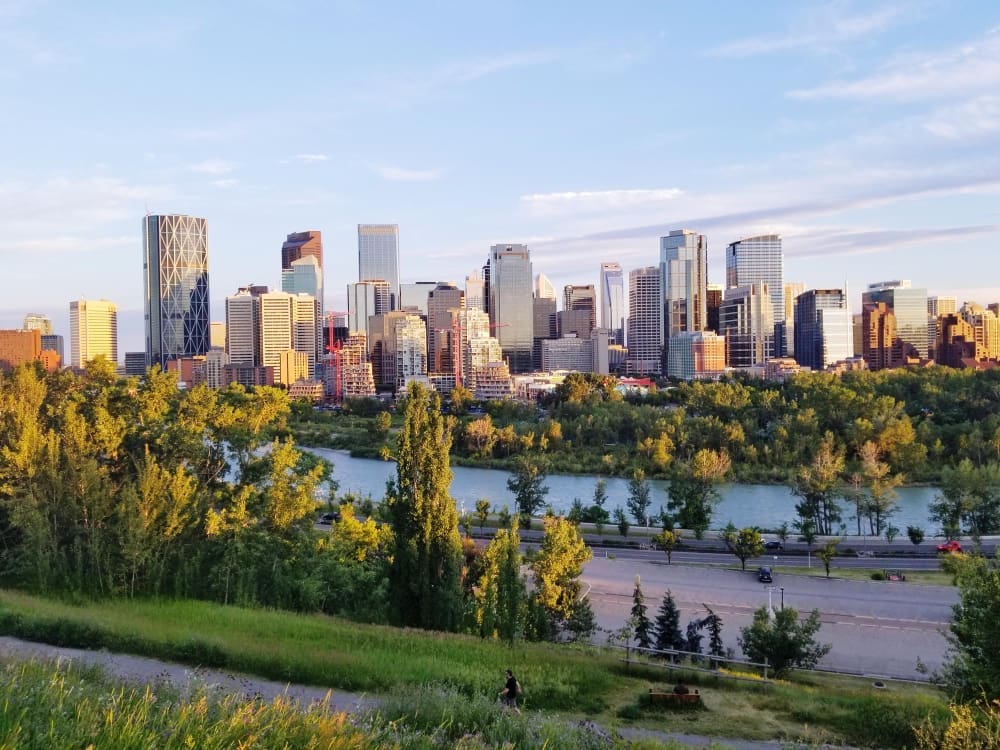
Every July, the city transforms for the Calgary Stampede, billed as “The Greatest Outdoor Show on Earth.” This ten-day event is a massive celebration of western heritage, featuring a world-class rodeo, chuckwagon races, concerts, and pancake breakfasts across the city.
Exploring the Canadian Rockies
The main draw for most visitors is the proximity to Banff. Here, you will find landscapes of impossible beauty. Lake Louise and Moraine Lake are famous for their brilliant turquoise waters, fed by glacial silt and set against a backdrop of towering, snow-capped peaks. Important: Access to Moraine Lake is now restricted to shuttles and commercial tours, so plan ahead.
The Banff Gondola whisks you to the top of Sulphur Mountain for 360-degree views of six mountain ranges. The park is a paradise for hikers, with trails ranging from easy lakeside strolls to challenging multi-day treks. Wildlife sightings are common, with elk, bighorn sheep, and even grizzly bears often visible from the road.
When to Visit
The best time to visit depends entirely on your goals. For the Stampede and summer hiking in Banff, July and August are ideal, though they are also the busiest. For world-class skiing and snowboarding at resorts like Lake Louise, Sunshine Village, and Mt. Norquay, the season runs from December through April. The shoulder seasons in fall and spring offer fewer crowds and stunning seasonal colours.
From coast to majestic mountains, Canada’s cities offer a journey through diverse cultures, histories, and landscapes. Whether you seek the thrill of a global metropolis, the charm of a historic old town, or the adventure of the great outdoors, these five destinations represent the very best of what the country has to offer, promising an unforgettable travel experience.


